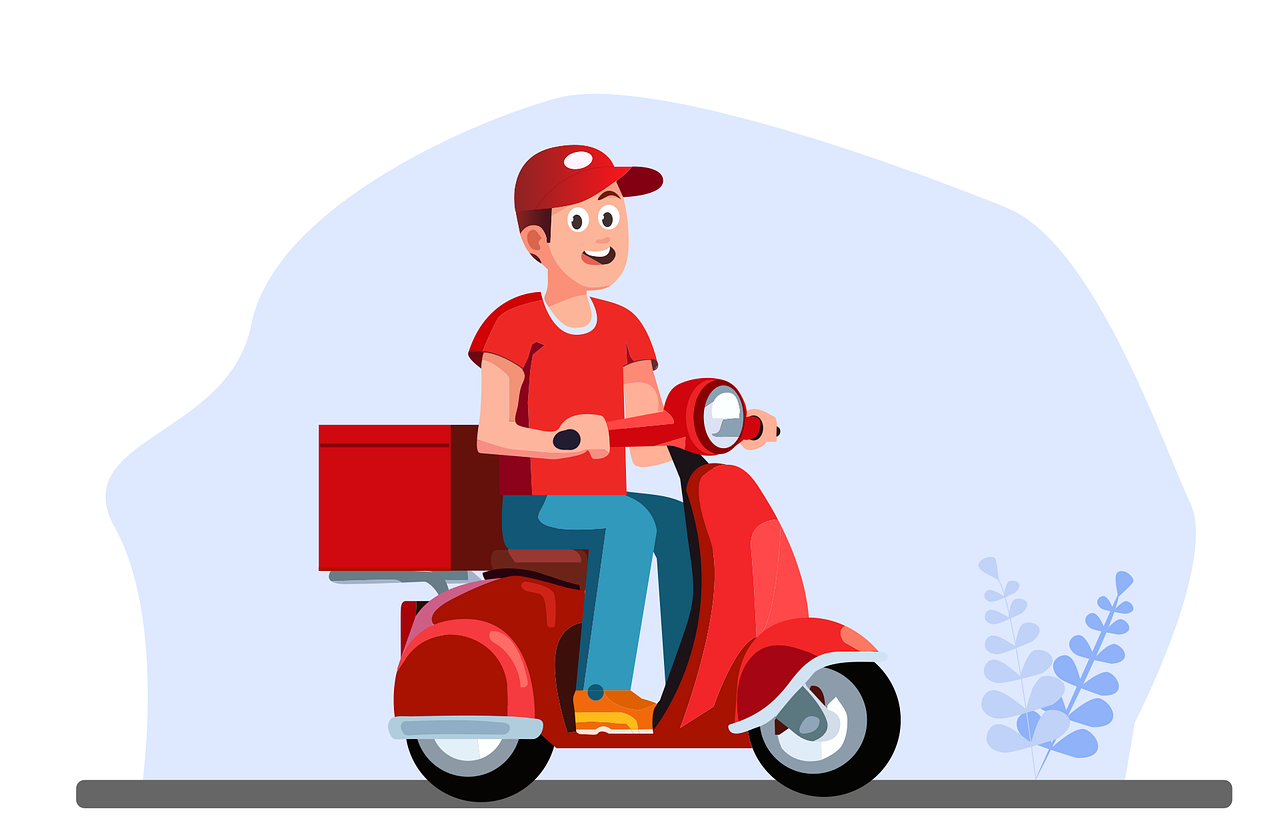Food delivery apps allow you to eat well wherever you are
They make it fast and easy to order and pay, saving you time and money .
With more and more people preferring this convenience , app usage has continued to increase.As the demand for these services continues to rise, there is plenty of opportunity to take advantage of.
However expect to face fierce competition and high operating expenses.
In order to give yourself the best chance of succeeding , the first step is understanding how these food delivery services work and the business models they’re built on
Types of Food Delivery Business Models
The Order only model
The only objective in this business model is to get new customers and restaurants to sign up
Food delivery platforms using this model : Grubhub,JustEat
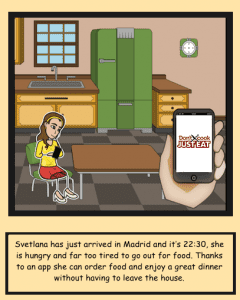
The app lists restaurants through a website or a mobile app,and acts as the medium through which users place orders
Cooking and delivery of the meal is handled by the restaurant.
For customers , the ordering experience is much smoother.They can easily search and place orders
And the restaurants get access to a larger customer base
Here’s how this model works:
Ordering
The Customer places an order through the website/app and pays.
The Food delivery platform takes its cut.
And the restaurant receives the message by email or the app.
Customer is then notified that order was received through mail or an automated phone call
Delivery
Delivery is handled by either the restaurant’s staff or by a 3rd party delivery service hired by them
The food is delivered to the specified address
Advantages
- These platforms charge restaurants — on avg 10-15% commission per order .
- Easier to scale : Since there is no limit to the number of restaurants they can sign up , and they do not have to worry about cooking or delivery.
Challenges
- No control over food quality.
- Since they don’t have their own delivery staff , they don’t have control over delivery times as well.
How to monetize :
1.Commissions:
The majority of the revenue is made through commissions.You can charge 10-15% on every order
2. Featured Restaurant Listings
Allowing restaurants to pay to be listed in a top search position in the app.
The Order and Delivery model
In this model , the objective is to get orders and transport the food
Food delivery platforms using this model : Doordash Ubereats , Zomato etc
The platform acts as the medium through which customers place orders .
And also delivers the food
Restaurants are more than willing to sign up since they get more orders and save on delivery costs.
Here’s how this model works:
Ordering
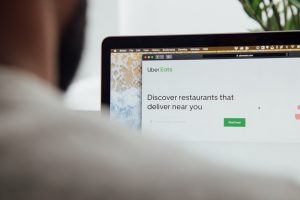
Customer searches for a restaurant or the food , then place their order through the app or website
They schedule when they’d like to receive it (Instantly , at a specific time or even a couple days later)
And complete the payment
The delivery platform takes its commission and then sends the finalised order to the restaurant
Restaurant notifies the customer that their order is being prepared.
Delivery
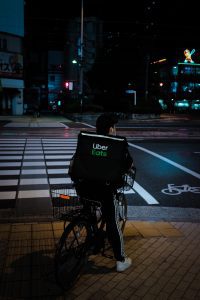
Delivery is usually handled by your own delivery drivers or 3rd party independent contractors
They stay logged into the app , to receive and accept delivery requests.
Delivery requests are sent to drivers closest to the restaurant .If no one takes the job, it is sent to more drivers further out.
Once the driver arrives at the restaurant , they get the customer’s details .The food is dropped at the specified location.
If they cannot find the customer, they usually call or message them in the app
Advantages:
- High Barriers to entry especially once saturation is reached in city.
- Can also charge a higher commission around : 25-30%.
- Over time all this data — both the food preparation time and how long it takes to deliver–can be used to help estimate delivery time.So the driver won’t have to wait and customers can get their orders on time .
Challenges
- They now have to manage not just the software but their fleet of drivers also; Which includes hiring , training , managing shift schedules, on time deliveries etc
- As you scale and sign up new restaurants , delivery can start to become challenging.
How to monetize :
1. Commissions: They charge a higher commission around : 25-30% to restaurants
2. Delivery fees
Delivery fees are paid by customers. The amount varies based on the distance.
The closer the customer is to the restaurant the cheaper it will be.
3. Sponsored Listings : Restaurants pay to appear at top of the homepage feed.
4.Monthly Subscriptions: Customers can subscribe to get free deliveries and discounts
Fully Integrated Model
You handle everything -Getting Orders ,Preparing food and delivering it .
They offer a limited menu .
And have their own kitchens to prepare the food.
Here’s how this model works:
Ordering :
Customer places their order through the app.
Cooking :
The kitchens used in this model are only for the preparation of delivery only meals — they have no dining area.
You can either have your own kitchen with your own staff
Or you can hire cloud kitchens/ghost kitchens.They prepare the food and hand it over to be delivered.
Delivery
Delivery drivers are employed by the company .Each delivery driver is given a specific number of meals.
Delivery requests are automatically sent to the driver closest to the customer.
If they’ve run out of meals, the request is sent to other drivers in that zone
For Scheduled deliveries
Food from the kitchen is loaded into delivery trucks to be delivered.
Since these customers pre-ordered , you know exactly how much food should be placed in the truck .
And you can fulfill multiple deliveries at once.
How to monetize :
- Delivery Fees
2. Profits : Scaling is easy , provided you’re running efficiently
Advantages
- You can ensure the customer gets high-quality food and customer service
- Ghost kitchens are less expensive because they’re situated out of high rent areas and don’t need wait staff.
Challenges
- High Startup and Operational costs
New restaurant owners will need large sums of money to hire staff, lease the building and stock the kitchen
Make sure you have enough money to run the first year –and a little extra for unexpected expenses
- Getting customers to try food from a new restaurant could be challenging.Promotions and discounts could help
Startups that failed using this business model : SpoonRocket, Maple ,
Restaurant to consumer
In this model the restaurant develops an app , apart from its website –to help customers place orders.
And to compete with food delivery apps like Ubereats.
Restaurants using this model : Domino’s, PizzaHut, Papa John’s
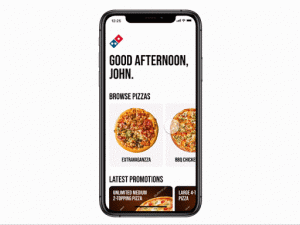
It’s better to have your own app ,once you have a loyal audience.
Advantages:
- You can set the price.
- And Have control over food quality and delivery time
- You can also change your menu to keep with up with changes in consumer preferences .
Challenges :
- Hard to compete with established Restaurants like Dominoes and Papa Johns.
Choosing a Business Model
The order & delivery model and the fully integrated model require much more startup capital .
And are costlier to operate.
If you’re new to the restaurant industry , start with the least riskiest the order only model.
However if you’re a well-established restaurant with a loyal audience , It’s better to have your own app.
Thinking of developing a food delivery app like Swiggy or need more advice ?
Get in touch with our app development team.
We’d be happy to help.

